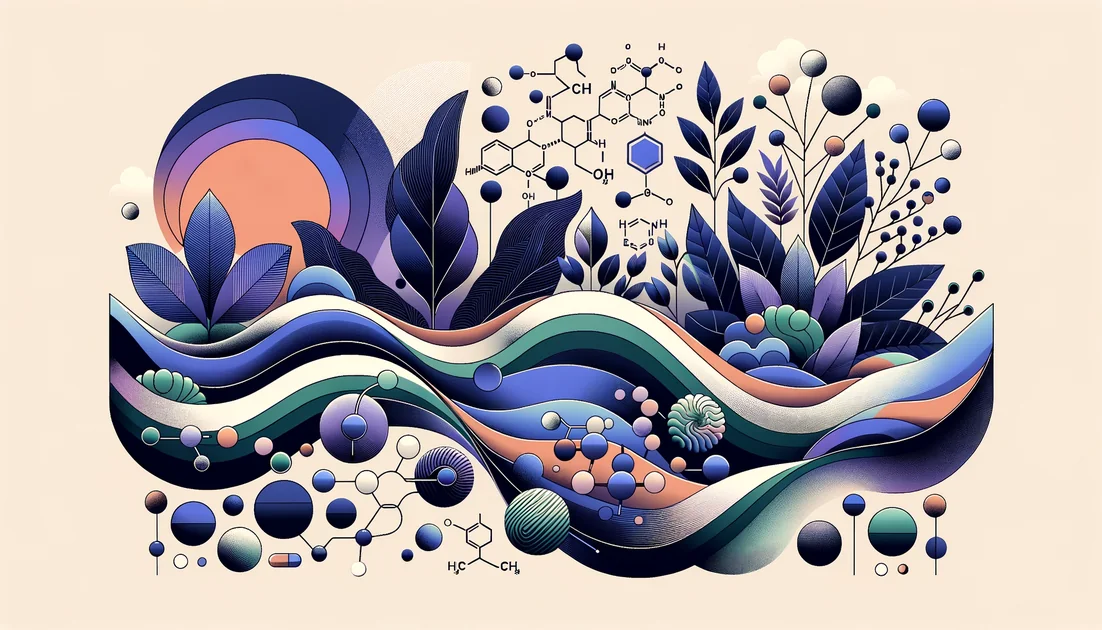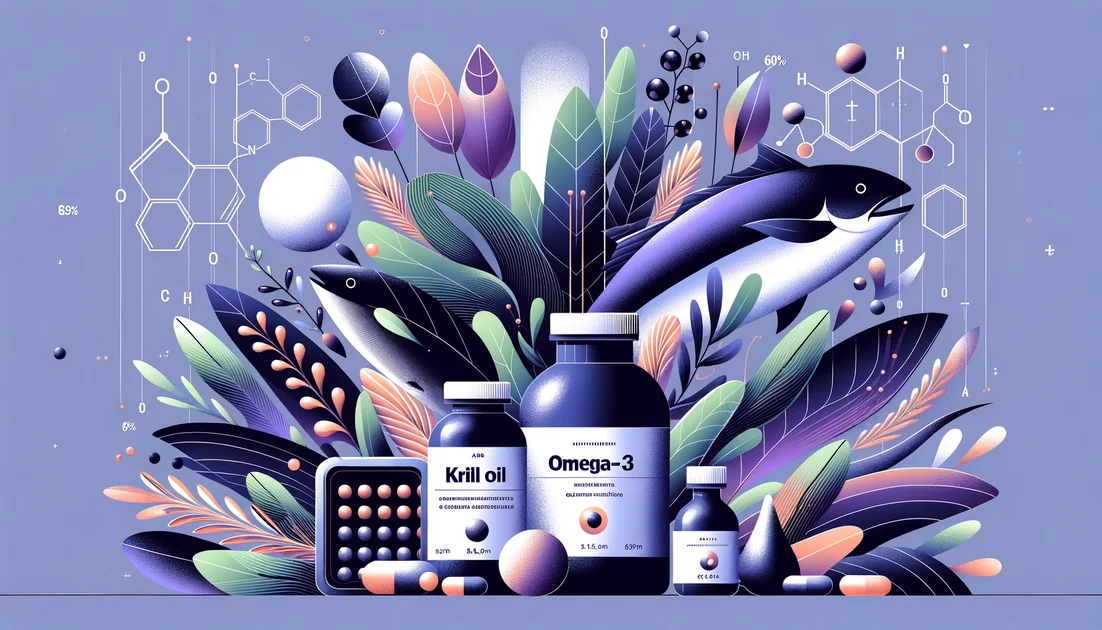
From Beet Vats to Methyl Marks: How Betaine Quietly Rewrites the Body's Chemistry
Picture a 19th-century sugar factory. Amid the steam and sweet molasses, a German chemist isolates a peculiar, salt-like substance from beets. He names it for the plant—betaine—and unknowingly hands future doctors and athletes a tool that can nudge the body's chemistry with surprising precision.
- Evidence
- Promising
- Immediate Effect
- Yes (betaine HCl re-acidifies gastric pH within minutes; performance protocols show effects within ~1 week). → 4–6 weeks for homocysteine lowering in supplementation studies.
- Wears Off
- Gradually over weeks once supplementation stops (biochemical markers drift toward baseline).
A beet's hidden currency
In the 1860s, Carl Scheibler pulled a zwitterionic crystal out of sugar-beet molasses and called it betaine—after Beta vulgaris, the beet itself. Chemists would later celebrate it as trimethylglycine, a tiny molecule carrying three "methyl stamps," chemical tags that the body uses like postage to move information and energy through cells. It's why you still see betaine linked to beets in textbooks and to modern nutrition labels alike. [1][2]
The liver's mailroom: why betaine matters
Every minute, your liver faces a line of envelopes labeled homocysteine—an intermediate that, in excess, can roughen blood vessels. Betaine supplies a methyl stamp so an enzyme called BHMT can forward each envelope on to methionine, a safer destination. In human trials, adding gram-level TMG consistently shrinks the "homocysteine stack," with meta-analyses showing modest yet reliable reductions over 4–6 weeks. Think of it as speeding up the remailing line. [3] But here is where the story swerves. Lowering homocysteine with higher doses of betaine (around 6 g/day) has also nudged LDL cholesterol and triglycerides upward in healthy volunteers—an unexpected invoice attached to the biochemical fix. A broader 2021 synthesis suggests that keeping daily intake at or below about 4 g may preserve the homocysteine benefit without the lipid penalty. The plot becomes: dose matters. [4][5]
"BHMT converts homocysteine to methionine. Because cancer cells require high levels of methionine, the ability to slow methionine's production could result in a treatment that will selectively inhibit cancer growth." —Timothy Garrow, University of Illinois [20]
Garrow's remark points to betaine's larger stage: one-carbon metabolism, where those methyl stamps set the pace for DNA and protein chemistry. Nutritional biochemist Steven Zeisel has argued for years that choline and its metabolite betaine are not just nutrients but editors—supplies that help write epigenetic marks influencing how genes read out over time. [19]
When real patients are the protagonists
In rare genetic disorders of methyl handling, betaine's role isn't theoretical. In classical homocystinuria, people lack the enzyme to clear homocysteine down its usual path. Doctors prescribe prescription betaine (Cystadane) to open an alternate lane through BHMT; long-term cohorts show fewer vascular catastrophes when homocysteine is controlled. [17][14] Still, the edges demand respect. Case reports describe children with cystathionine β-synthase (CBS) deficiency who developed dangerous brain swelling when methionine climbed very high while on betaine—reminding clinicians to pair betaine with strict methionine control and regular lab monitoring. Later reviews concluded the culprit is extreme methionine, with betaine acting as the accelerant. [15][16] A more uplifting vignette: two toddlers whose first sign of disease was cerebral venous thrombosis. Once homocystinuria was diagnosed, therapy—including betaine—lowered homocysteine and the clots resolved on imaging as the children stabilized. Chemistry, here, is not abstract. [17]
The athlete's detour
Outside genetics clinics, coaches took notice. In small randomized trials, 2–2.5 g/day of betaine for weeks improved repeated-sprint power and, in some settings, lean mass adaptations in trained women—likely because methyl "fuel" supports creatine synthesis and cellular hydration, giving muscles a better power platform. The effects are modest but real, especially in high-intensity efforts. [6][7]
A one-hour cameo in the stomach
Another twist: betaine's hydrochloride salt (betaine HCl) behaves like a portable acid generator. In pharmacology labs, a 1.5 g capsule dropped gastric pH from ~5 to below 1 within minutes in volunteers made temporarily low-acid by a proton-pump inhibitor—enough to boost the solubility of certain drugs for about an hour. Yet U.S. regulators long ago barred marketing betaine HCl over-the-counter as a "stomach acidifier" because self-treating low stomach acid isn't proven or safe as an OTC claim. In real-world drug studies, food often muddled the result; acid can be restored briefly, but meal timing and the drug's chemistry can still dominate. [10][11][12][13]
Liver fat: early signals, mixed outcomes
Could methyl support help a fatty, inflamed liver? In a 12-month, placebo-controlled trial in biopsy-proven NASH, 20 g/day improved the grade of fat in some patients but failed to move inflammation or fibrosis; the big wins from animals didn't fully translate. Recent pilot trials using 2–8 g/day for 12–24 weeks in metabolic dysfunction–associated steatotic liver disease reported declines in ALT and fibrosis biomarkers—encouraging, but not definitive and awaiting larger, controlled confirmations. Mechanistic work even hints at epigenetic crosstalk: betaine upregulated BHMT and influenced RNA methyl marks tied to cellular energy programs. The future here is open. [8][9][21]
Bringing the pieces together
So what is betaine, really? It's the body's spare roll of postage stamps and a cellular "water balancer" that helps plants and people weather stress. In humans, the best-supported effect is lowering homocysteine—a biochemical risk factor that behaves, in practice, like one tile in a larger cardiovascular mosaic. The athlete's benefits are niche but tangible; the stomach acid trick is short-lived and more laboratory tool than home remedy. And in rare diseases, betaine is medicine—with rules. If you're considering betaine as a health-conscious reader, the practical version reads like this:
For general methyl support or mildly elevated homocysteine, food first (beets, spinach, whole grains), and if supplementing, conservative doses (often 2–3 g/day) alongside B-vitamins have human data; higher intakes (≥4–6 g/day) lower homocysteine more but can raise LDL in some people. Check lipids after a few weeks. [3][4][5]
For performance blocks, 2–2.5 g/day taken daily for 1–2 weeks is the pattern studied for repeated sprints or resistance training adaptations. [6][7]
For any use of betaine HCl: it's not an approved OTC digestive "acidifier." Clinicians sometimes deploy it experimentally to rescue the absorption of specific drugs under controlled conditions; that's not the same as self-medicating reflux or "low acid." [10][11]
For homocystinuria: this is prescription therapy. Follow specialist guidance on diet, B-vitamins, and frequent methionine/homocysteine monitoring. [14][15][16]
As Zeisel puts it, nutrients like choline and betaine "are important modifiers of methylation and therefore of epigenetic marks"—a quiet power that asks for precision. [19]
Key takeaways
- •Betaine fuels BHMT to remethylate homocysteine to methionine, directly supporting the body's methyl economy and epigenetic housekeeping.
- •Human trials show supplemental betaine lowers plasma homocysteine within weeks; effects are meaningful but not a cure-all.
- •High doses (around ≥4–6 g/day) can raise LDL cholesterol and triglycerides in some people—check a lipid panel after several weeks.
- •For general use, 2–3 g/day TMG in split doses with meals is common; athletes often use ~2–2.5 g/day during 1–2 week training blocks.
- •Performance effects are modest: small gains in repeated-sprint or resistance blocks have been reported, not universal strength surges.
- •Betaine HCl can transiently re-acidify stomach pH, but it isn't an approved OTC "acidifier"; any such use should be supervised.
You might also like
Explore more of our evidence-led investigations, comparisons, and guides across every article style.

Designs for Health (DFH)
Practitioner-grade manufacturing power with a transparency blind spot: the real story of Designs for Health supplements

Fish Oil (EPA+DHA from fish oil) vs Krill Oil (Antarctic krill oil)
For most people seeking proven heart benefits or triglyceride lowering, choose fish oil (or prescription EPA) because outcomes data are strongest. Pick krill oil if you prefer smaller caps and potentially gentler GI feel, knowing EPA+DHA per capsule is usually lower. [4][6][1]


Betaine HCl
You live in an age of acid blockers, yet some people reach for acid itself. The capsule in your palm—betaine hydrochloride—promises to do what your stomach won't: up the acid for just long enough to matter. How did a beet-derived molecule become a one-hour fix in a world obsessed with turning acid off?[1]

Sleep & Recovery: The Athletic Triangle
Magnesium + B6 shows small, condition-specific synergy; adding zinc hasn't proven extra benefits and can compete with magnesium at high doses.

Tocotrienols
The stealthier cousins of vitamin E—built with springy tails that move differently in cell membranes and behave differently in your body.


